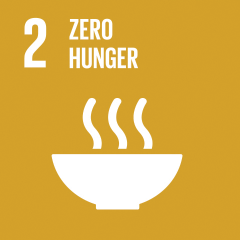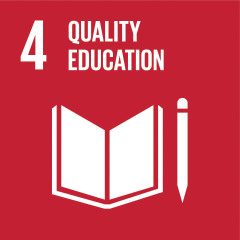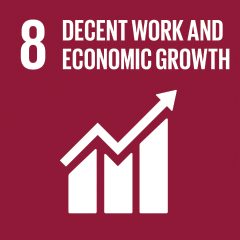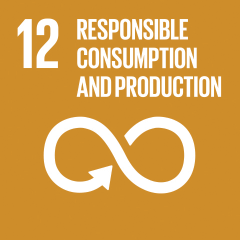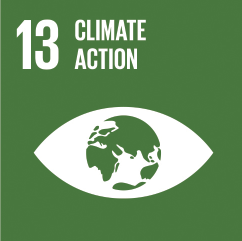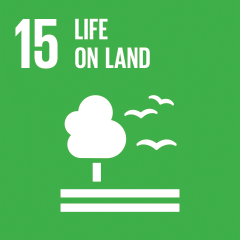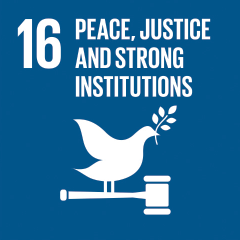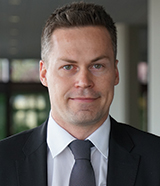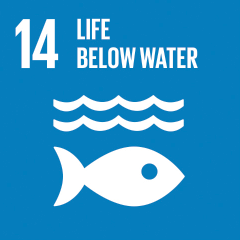


|
Impact banking champions |

|
In 2014, Credit Suisse, the World Wildlife Fund (WWF) and McKinsey put together a research report on conservation finance. It was the first attempt by any bank to understand the role of finance in conservation and it brought attention to a big gap.
The estimate of annual fund flows from philanthropic and public sectors to conserving oceans, forests and natural habitats was $50 billion, yet some $400 billion was needed. The report pointed out that much of this could be sourced from the private sector through new structures and markets.
The report’s co-author was Fabian Huwyler, who now runs green solutions in the new Impact, Advisory and Finance Department at Credit Suisse.
“I was an economist by background, but was excited about how finance could be used to prevent the destruction of our natural world,” he says. “It was an area very few were looking at. Most of the focus on conservation was on the work of NGOs.”
After the report, Huwyler was no longer alone in his excitement – Credit Suisse’s clients were interested in being part of a new movement. But in 2014 there were no broad-based conservation investment products, so Huwyler and his colleagues set about developing them.
“We knew we needed to appeal to a broad range of clients and create products with a long-term horizon but that were not as illiquid as a private equity fund,” he says. “We also needed the conservation project manager of the investments, Althelia Ecosphere, to be able to make capital calls – without us having to call hundreds of investors.”
The result was an innovative structured note with a minimum investment threshold and some liquidity. Financial returns for the notes’ investors are generated through the sale of sustainably certified commodities such as cocoa and wood, and revenues from payments for ecosystem services such as forest carbon credits.
Cash not drawn down is invested in a green bond portfolio that can be called on by Althelia to put to use. It was the first-ever nature conservation note by a global investment bank and it came less than a year after the report.
Small in scale, the appetite for the notes encouraged Credit Suisse’s senior management to back conservation finance through the creation of the Impact, Advisory and Finance Department. Chief executive Tidjane Thiam, for example, spoke about the importance of conservation finance when Huwyler and the Credit Suisse team published a follow-up report in 2016 that laid out more direct financial solutions for conservation.
The key players in the sector have to acknowledge what their roles are. It is no good thinking you can do everything – Fabian Huwyler
It also encouraged Huwyler to start gathering people together to look at seemingly insurmountable challenges, such as saving the oceans.
“The conservation finance world is relatively straightforward, and while conservation finance is itself small right now, it has the potential to grow massively over the next few years,” says Huwyler. “The challenge, however, is the pipeline of investable projects, and that needed new partnerships and collaboration.”
He encouraged Credit Suisse to cofound the Coalition for Private Investment in Conservation (CPIC) along with the Nature Conservancy/NatureVest, Cornell University and the International Union for Conservation of Nature.
Since launching in September 2016, CPIC has picked up over 70 members, including universities, NGOs, impact investors, consultants, foundations and non-profits – although Credit Suisse remains the only private-sector bank.
CPIC’s goal is to create a pipeline of investments in areas such as sustainable forestry and fisheries, as well as coastal resilience programmes that can also serve as a blueprint for more scalable projects.
It is a challenge for Huwyler, who recognizes the sense of urgency but also that building an entirely new market is a steep and slow process at the beginning. He has been working for some time on the creation of blue notes, for example, that would match private capital with investment projects in ocean conservation, but the collective parts have yet to come together.
“Across the investment world, we’re now all looking at the SDGs [UN sustainable development goals], but if we don’t figure out 14 and 15 – oceans and land – then there’ll be no planet left,” he says. “That’s the urgency I feel every day – that we need to crack these or else the other SDGs will simply get worse or will become irrelevant. That said, there is no benefit to be had in rushing. You have to do what you can with what you have. Not all governments, for example, are open to letting private capital have a say in how to protect their coastal areas, just as not all investors are willing to accept illiquid investments.”
As organizations and institutions around the world look at how they can help the UN meet its SDGs, Huwyler says the tendency can be to try to go beyond your expertise.
“ What we learned early on, however, is that the key players in the sector have to acknowledge what their roles are. It is no good thinking you can do everything. As a bank, we are good at intermediating money, building a network and structuring financial products. But we don’t necessarily have scientific expertise around which projects will work and how to build them. That’s why for any financial institution looking at conservation finance, joining a community is crucial.”
UN Sustainable Development Goals: The keys to responsible banking?
These are the areas that the United Nations says banks need to consider when accepting their responsibilities in shaping and financing a sustainable future.

